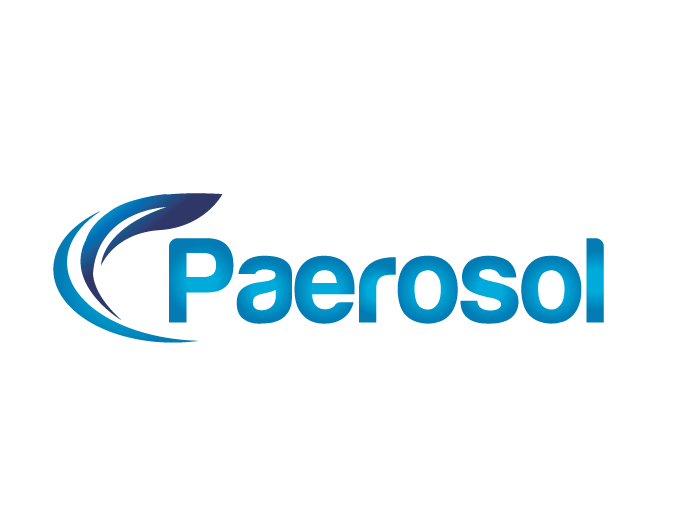Commercial buildings face an unseen challenge, a threat to the health of occupants that is a liability for property managers and a nightmare for business operators. The air we breathe indoors contains mold spores. From the cleanest hospital operating room to a hotel ballroom, these tiny particles are found in almost every indoor environment if not maintained properly.
Exposure to mold causes health problems, where properties with “Sick Building Syndrome” are noted to have caused acute illness for multiple occupants that have spent time in that same building. Hiring a professional mold inspector can identify the types of molds present and the likely source of unmanaged moisture. People with sensitivities to mold can experience respiratory problems and develop allergic reactions, potentially activating long-term illnesses associated from the proximity to mold spores.
Workplace litigation can result from employees’ exposure to mold, especially with any link to health problems for multiple co-workers. Mold remediation is critical to the health and safety of the occupants of any building.
The most common types of molds found in buildings are:
- Alternaria –While these spores primarily grow outside, they can be carried indoors by a breeze.
- Aspergillus – A highly toxic mold that grows indoors and compromises the quality of the air and causes a host of health issues.
- Cladosporium – Infamous for worsening asthma, this mold when left untreated is another toxic, indoor contaminant.
- Penicillium –The name of this mold is familiar because it led to the discovery of penicillin. It is identified by its green/yellow coloring and is highly toxic when inhaled in large quantities.
- Stachybotrys – Known as “black mold,” this grows indoors and weakens the structures and lets out a foul odor.
Mold inspectors use infrared tools as well as borescopes, hygrometers, and moisture meters to help identify mold, wherever it may be growing. Before mold can be remediated, the source of water or moisture must first be located and repaired. When that source is eliminated, the cleanup can begin. Cross-contamination is possible when removing mold, so it is necessary to follow EPA guidelines detailing proper disposal. Keeping clean areas isolated from the mold being removed is another important way to limit the spread of growth.
Factors causing mold growth in buildings typically relate to uncontrolled moisture management from the weather, indoor environment, and construction materials used in the building. Details like the age of the building and the maintenance of the ventilation system will also contribute toward accumulation and growth of mold spores. Mold is tricky, since it can grow out of sight, and in unusual spaces. Choosing how you build (and manage) an indoor environment should consider moisture and mold potential. If you plan to use a below grade space, no HEPA filters or office building sensor can mitigate the air quality index of a known, damp environment.
Beyond the toll mold takes on human and animal health, it can also pose structural damage to a building as well. Common causes for mold growth in commercial properties include ineffective plumbing, a leaky roof, and external vents allowing spore-laden air to enter the HVAC system. Mold that grows in commercial buildings is the same found in residential buildings. Preventing mold in any setting, indoors and outdoors, from assisted living facilities to commercial real estate, requires sustainable processes to avoid health risks and health effects.
One way to keep an eye out for organic growth is to put a system of checks in place with routine inspections. You cannot always visually identify mold growth, so using sight as well as smell to find offending spores is your best bet to prevent active growth. Areas in the building known to have higher moisture need frequent checks, particularly if the environment is built from or contains paper, wood, or textiles like upholstery. Mold grows more quickly on organic surfaces, so be vigilant in monitoring that site.
What’s the best way to avoid mold and mildew growth? Make repairs as soon as you see them. Leaky pipes, damaged roofs, cracked foundations, whatever needs attention – take care of it promptly. Water damage, when left untreated, results in mold and mildew growth. The more quickly you mitigate, the better the outcome. This includes maintenance of HVAC systems, which also have the potential to harbor growth. The only defense you have against the weather, from hot humid days to downpours, is a proactive approach to dehumidify indoor air, maintain windows and seals, as well as regular HVAC maintenance.
Any clean up needs to be complete within 24-48 hours to prevent further growth. The indoor humidity must be maintained between 30-60% to reduce the incidence of growth. Look for condensation around surfaces that become cold and replace textiles that are in moisture-prone indoor environments. The process of mitigating and maintaining indoor air quality is necessary to keep mold growth in check.
Prevention will always be the best way to avoid mold growth in the first place. Paerosol provides a platform that kills 99.999% of air- and surface-borne mold, permeating the environment with sub-micron particles diffused to combat airborne mold spores as well as viruses and pathogens. Paerosol is a non-toxic product suitable for use at home as well as commercial facilities, available to improve indoor quality and help as a step-in mold remediation.
Learn more about how Paerosol eliminates mold:
